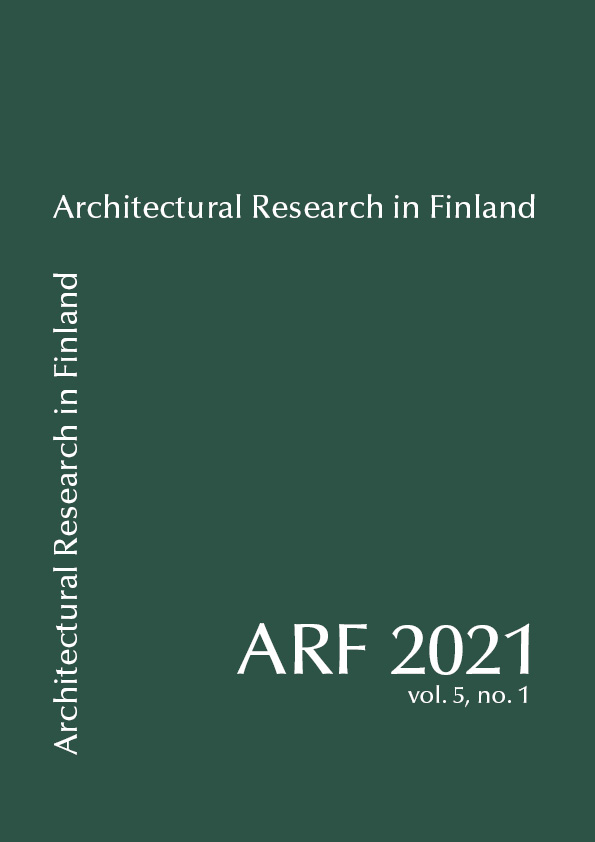The Tall Building and Urban Space
In light of two modernist case studies
DOI:
https://doi.org/10.37457/arf.113257Avainsanat:
tall buildings, urban space, modern architectureAbstrakti
If public spaces in the urban environment are seen as extensions of one’s home, then what role do tall buildings play in this setting? In terms of space, they can have various roles. They are visible from afar and often act as landmarks, but at the same time they give one a possibility to see the urban whole in its entirety, from above.
One of most iconic images of modern urban planning and modern urban space – Le Corbusier’s plan for Paris – is shown from such a vantage point, depicting an urban area dotted with individual buildings set within a continuous spatial field. This modern space has often been described as open and homogeneous. The simplified general interpretation has further been complemented by the concept of heterogeneous space, paving the way for a more diverse spatial theory. Heterogeneous space has brought much needed complexity to interpretations of architectural space.
Modernist space is revisited in this article, explored through two particular cases. In addition to Le Corbusier, the study includes the work of another architect and urban planner of the early 20th century, Eliel Saarinen. The role of tall buildings in the designs and writings of the two architects is compared, with a specific focus on the spatial implications of these buildings in the cityscape. The comparison illustrates the fact that modern architects were not unanimous in their visions of urban space, although they shared the knowledge of a contemporary spatial theory.




